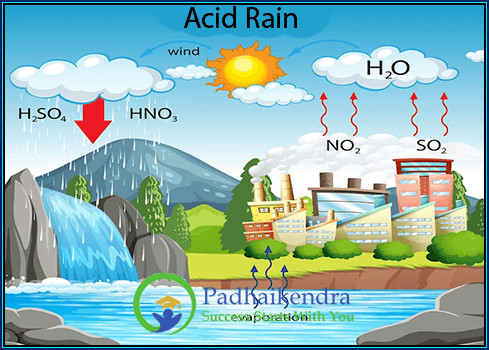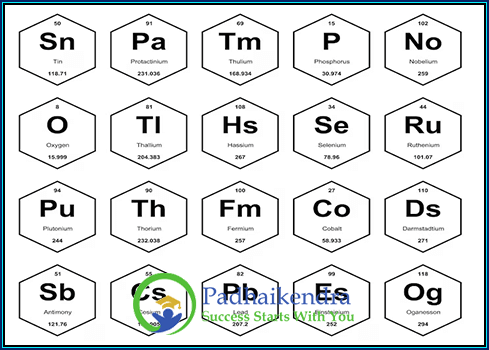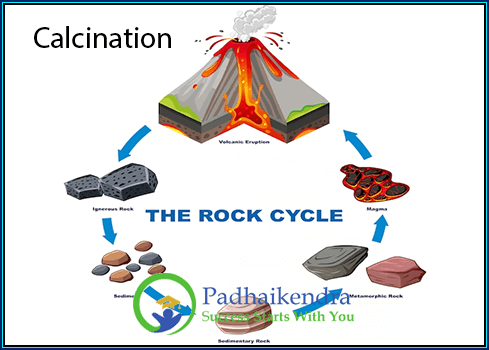Active absorption is a process by which plants take up water and nutrients from the soil. It is a type of active transport, which means that it requires energy from the plant. Active absorption is in contrast to Passive absorption, which is a process by which water and nutrients move into the plant by Diffusion.
Types of Active Absorption
There are two main types of active absorption:
- Ion uptake: This is the process by which plants take up ions, such as potassium, calcium, and magnesium. Ions are charged particles, and they move into the plant against their concentration gradient. This requires energy from the plant, which is provided by ATP. (Adenosine Triphosphate)
- Water uptake: This is the process by which plants take up water from the soil. Water moves into the plant by osmosis, which is a process by which water moves from a region of high water potential to a region of low water potential. The water potential of the soil is lower than the water potential of the plant, so water moves into the plant by OSMOSIS.
Herbicide Examples of Active Absorption
- 2,4-D: This herbicide is used to control broadleaf weeds. It is a synthetic auxin, which is a plant hormone that regulates growth. 2,4-D is absorbed by plants through their roots and leaves. The active absorption of 2,4-D is thought to be mediated by a protein carrier that recognizes the 2,4-D molecule. The protein carrier transports 2,4-D into the plant cell, where it can interfere with the plant’s growth processes.
- Glyphosate: This herbicide is used to control a wide variety of weeds. It is a systemic herbicide, which means that it moves through the plant and kills it from the inside out. Glyphosate is absorbed by plants through their roots and leaves. The active absorption of glyphosate is thought to be mediated by a protein carrier that recognizes the glyphosate molecule. The protein carrier transports glyphosate into the plant cell, where it inhibits the production of an essential amino acid.
- Paraquat: This herbicide is used to control annual grasses and broadleaf weeds. It is a contact herbicide, which means that it kills the plant when it comes into contact with the leaves. Paraquat is absorbed by plants through their leaves. The active absorption of paraquat is thought to be mediated by a protein carrier that recognizes the paraquat molecule. The protein carrier transports paraquat into the plant cell, where it generates free radicals that damage the plant’s cells.
How Active Absorption Works
Active absorption is a complex process that involves a number of different steps. The first step is the movement of water and nutrients into the root hair cells. This is done by osmosis. Once the water and nutrients are inside the root hair cells, they are transported to the xylem, which is a tissue that transports water and nutrients up the plant.
The transport of water and nutrients up the xylem is driven by the difference in water potential between the roots and the leaves. The water potential of the roots is lower than the water potential of the leaves, so water moves up the xylem from the roots to the leaves.
Example of Active Absorption
-
- The uptake of potassium by plants
- The uptake of calcium by plants
- The uptake of water by plants
- The uptake of nutrients by plant roots
Factors Affecting Active Absorption
-
- The concentration of water and nutrients in the soil
- The temperature of the soil
- The moisture content of the soil
- The type of plant
- The presence of herbicides
Active absorption is an important process for plants. It allows plants to take up water and nutrients from the soil, which they need for growth and survival. Active absorption is also important for the transport of water and nutrients throughout the plant.





